Unexpected encounter: Discovering Eyck’s artwork in rural France
The 26-year-old student, Mathilde Docclot, visited the Aisne region in France with her family in 2018 to trace the origins of her grandparents when she stumbled across artwork by the renowned Dutch artist Charles Eyck (1897 – 1983).
“We followed the Chemin des Dames (also known as the “Sacred Way”, a vital supply road for the French forces during World War I) with several churches on the route. Eventually we arrived in the town Jeantes and discovered the St. Martin church. When I saw Charles Eyck’s artwork there I just fell in love with it.”
A closer look at the artwork
According to Docclot, the murals and stained glass windows created by Eyck in the church are remarkable and revolutionary for the time it was created due to its strong expressionist style and the stark contrast between colour and darkness.
She was surprised to find such incredible and revolutionary artwork in a small town.
“What makes it special is that we were not in Paris, we were not in some big art city (where you would expect such art). In a sense, it is actually lost in France… So it was strange and I couldn’t understand how it ended up there.”
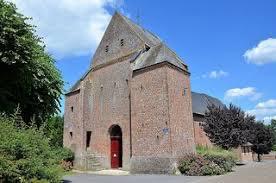
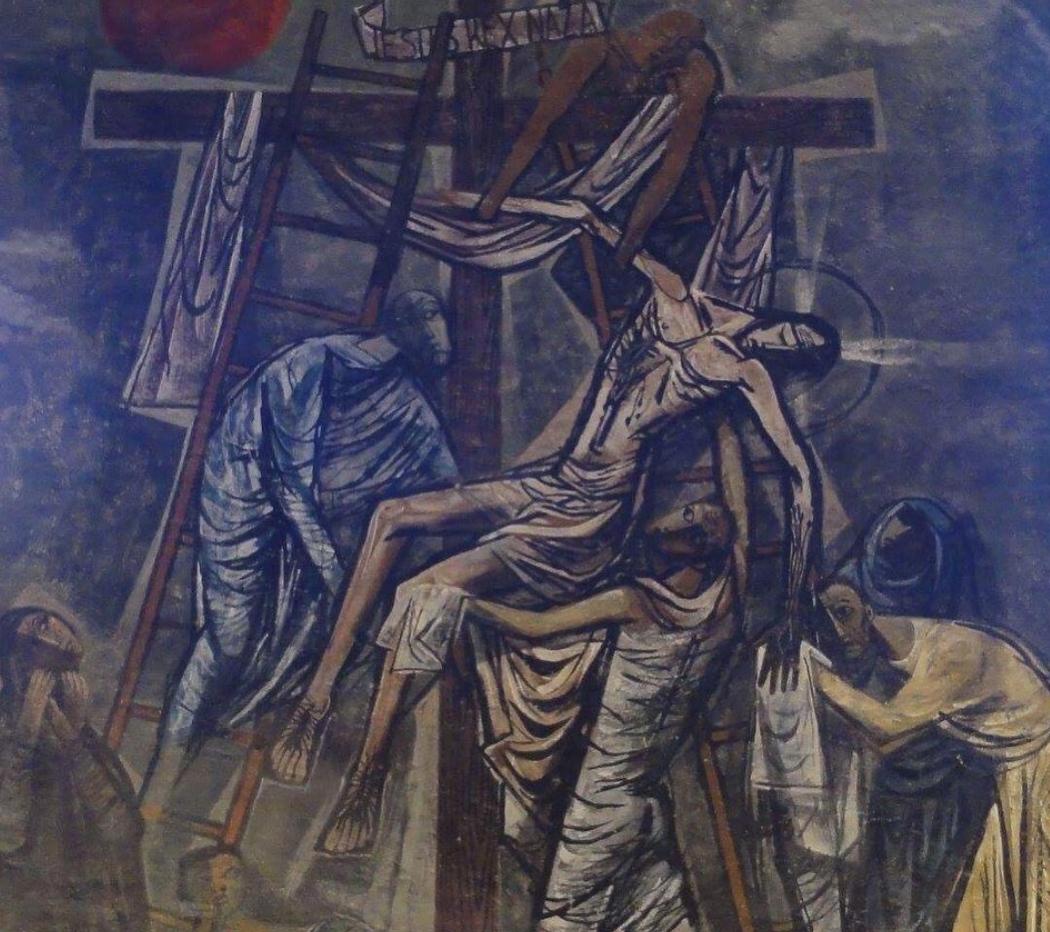
Investigating Eyck’s artwork
Docclot, who is currently an Art History master’s student at the Sorbonne University in Paris, was so fascinated with this discovery that she decided to write her thesis on it.
Initially, she couldn’t find any information on the background of this artwork, but then she stumbled upon the UM’s Special Collections with its extensive Charles Eyck documentation collection. This collection comprises Eyck’s personal correspondence, offering valuable biographical insights, alongside photographs used by Eyck as inspiration and artistic aids, and other artwork.
From discovery to thesis writing
Docclot embarked on an intriguing thesis journey into the artistic evolution of Eyck’s work from the 1930s to 1962. She explores the captivating shifts in his style and the contextual influence evident in his church murals.
She has visited the Special Collections a few times for research purposes.
“I think I found 95% of the things I know about Eyck here,” says Docclot. “I found a lot of resources that helped me understand him better, letters that helped me understand his mind and how he worked. He wrote about everything, about art, what he thought about religion…”
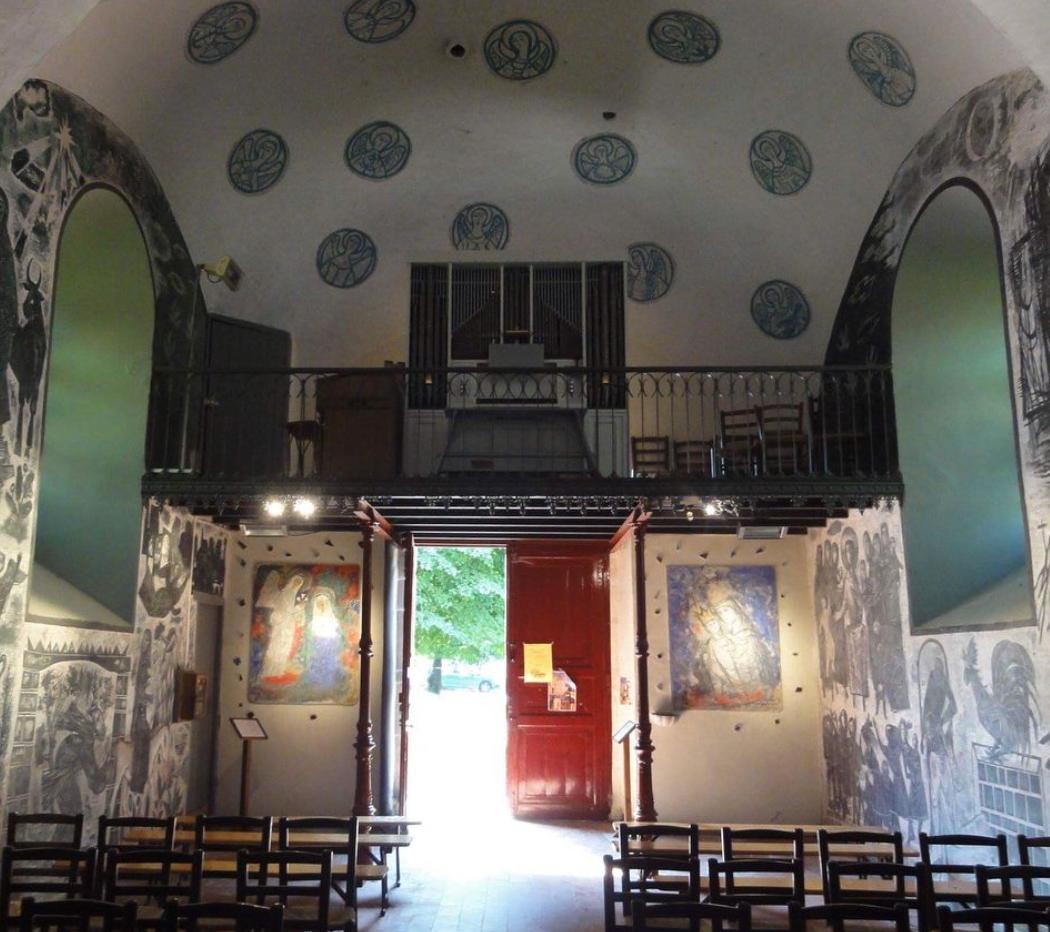
Above: Charles Eyck’s murals in the St. Martin church.
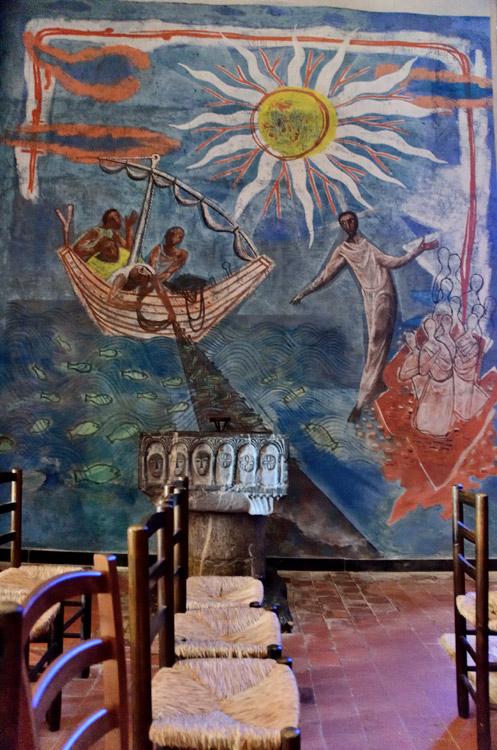
Above: Charles Eyck’s murals in the St. Martin church.
“If you want to take new steps in your studies, you have to go back to the past and plunge into history. I really loved visiting the Special Collections depot. I loved it because you are surrounded with beautiful books and here, you can truly feel history.”
Contact us
Maastricht University Library stimulates, supports and facilitates the use of UM’s Special Collections and the thoughtful integration of digital technology to advance education and research. Think about how using these books can add value to some of your courses. If you want to know more about how we can support you, contact curator Odin Essers via Ask your librarian. Follow the Special Collections on social media: Maastricht University Special Collections (@specialcollectionsumlibrary) | Instagram and Special Collections – Maastricht University Library | Maastricht | Facebook

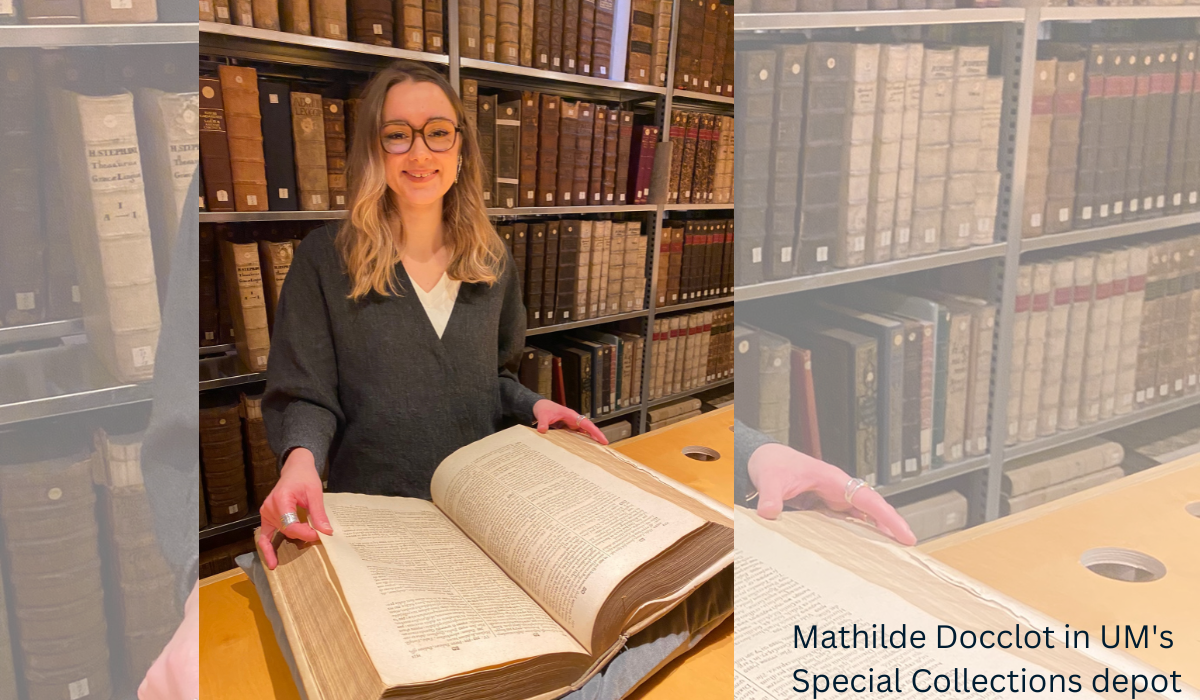
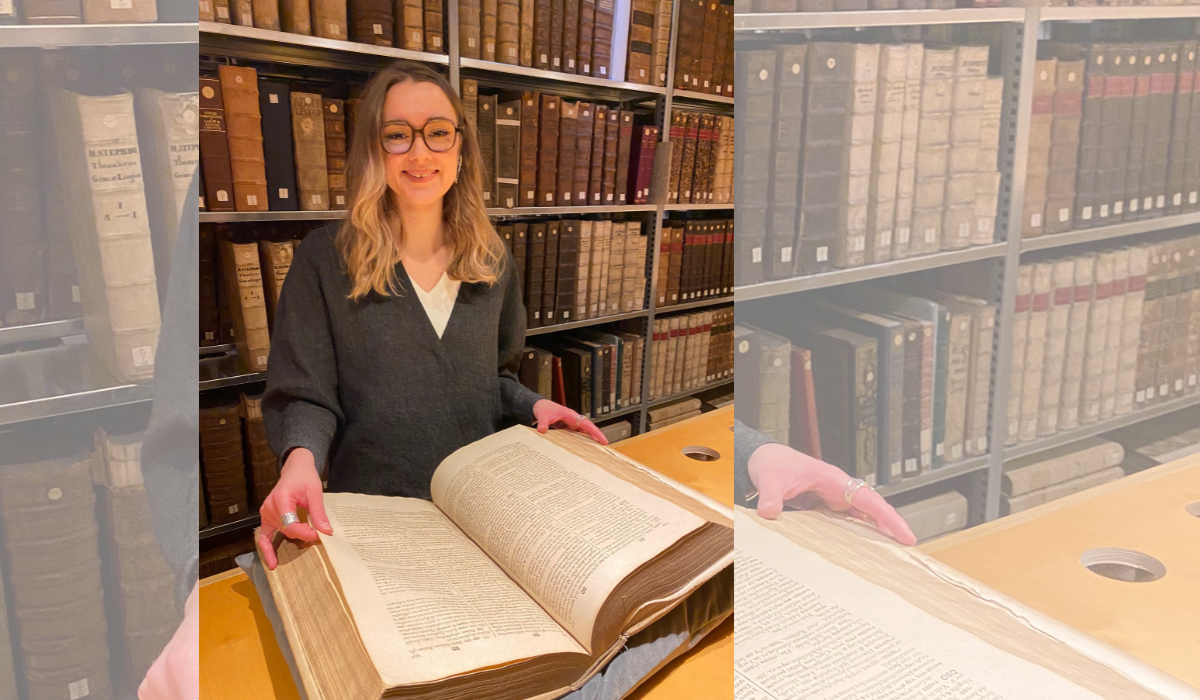
In our church (St. Joseph Arbeider) in Meerssen (the Netherlands) there are features paintings and stained-glass windows by Charles Eyck
How wonderful! His artwork is truly magnificent.
I have a small collection of Charles Eyck and I live in Valkenburg and have been to Jeanntes. Would you like to visit?
Hi Jill, it is wonderful to hear that you have also been to the church and have seen the beautiful artwork. I will send you an email about your Eyck collection.
Besonders!